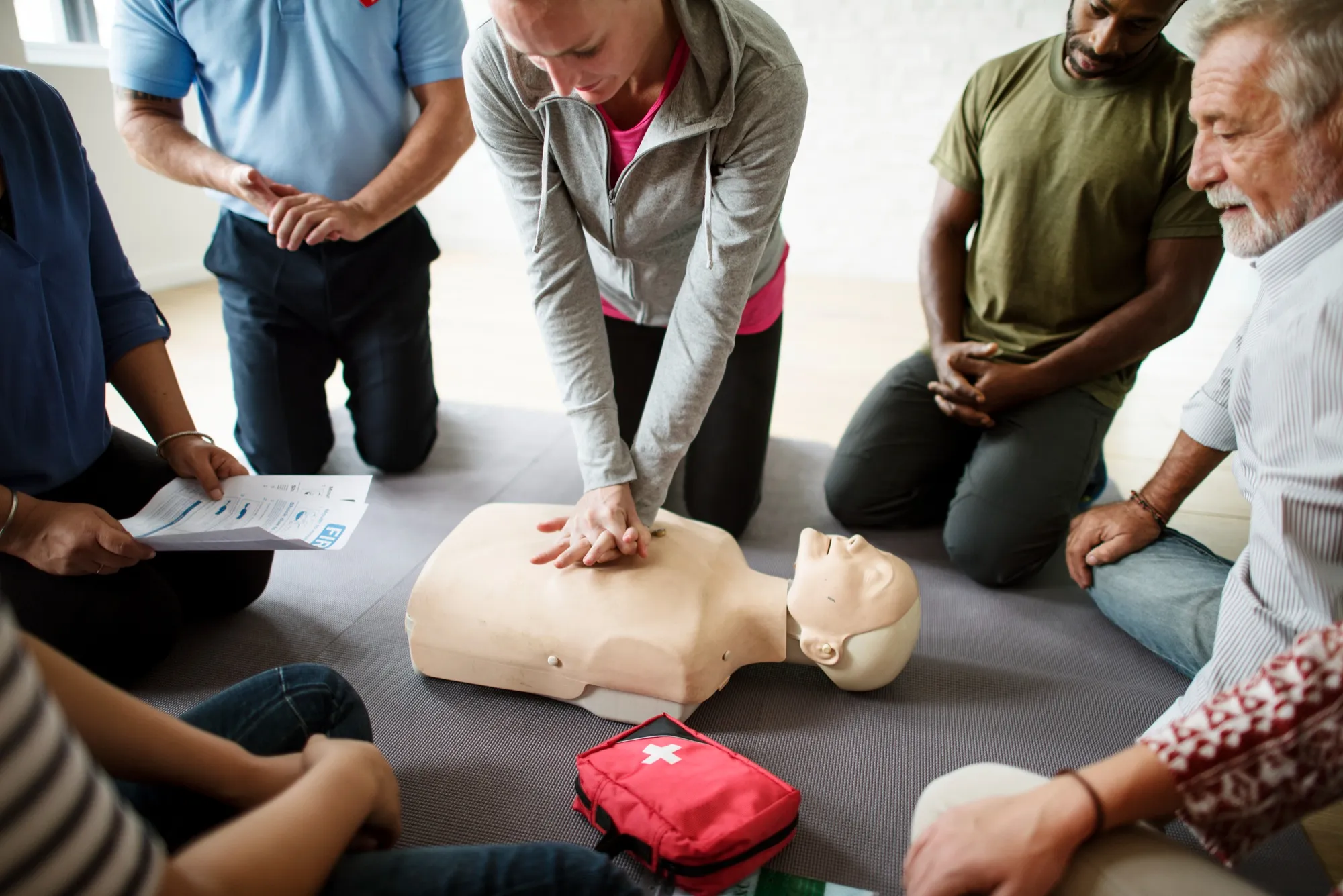A recent study published in BMJ Open has thrown light on the significant role that native language plays in learning and performing cardiopulmonary resuscitation (CPR) techniques and the willingness to administer CPR in real-life emergencies. The article, titled “Effects of native language on CPR skills and willingness to intervene in out-of-hospital cardiac arrest after film-based basic life support training,” provides evidence supporting the adaptation of CPR training materials to suit linguistic needs.
Study Overview
The research, conducted in Sweden, involved 641 thirteen-year-old students who received film-based training in basic life support (BLS) in the Swedish language. The participants were divided into two groups based on their native language: Swedish as a native language (SNL) and other native languages (ONL). The study aimed to evaluate whether students’ CPR skills and their willingness to apply these skills differed in association with their native language.
Critical Findings and Statistics
Performance was assessed using the modified Cardiff test, both immediately after training and again at six months. The SNL group notably outperformed the ONL group, scoring 67% versus 61% directly after training, and 61% versus 56% after six months, respectively (p<0.001). These findings suggest that native language does have a measurable impact on acquiring practical CPR skills from film-based training.
When it came to the participants’ willingness to perform CPR, most were ready to intervene if a friend needed help, with SNL and ONL at 85% and 84% respectively. However, ONL students demonstrated a higher readiness to perform CPR on strangers compared to their SNL counterparts (52% vs 38% after training, and 42% vs 31% at six months), indicating a cultural influence on the willingness to assist unknown persons in distress.
Implications of the Study
The results of this study underscore the importance of considering linguistic diversity when developing CPR training materials and programs. By tailoring educational interventions to accommodate different languages, the effectiveness of CPR training could potentially be improved, leading to better emergency response outcomes and increased survival rates following cardiac arrests.
Community and Educational Impact
Understanding the challenges faced by individuals who may not be fluent in the language of the training could significantly enhance the delivery and effectiveness of life-saving interventions. Empowering students from diverse language backgrounds with the confidence and capability to perform CPR can build stronger, more responsive communities.
Study Limitations and Further Research
While the study provides valuable insights, it does acknowledge certain limitations. For instance, it was conducted in two municipalities and involved school students, which may not represent the entire population’s ability to learn CPR. Moreover, the study indicates the need for further research to refine CPR educational materials and explore additional methods such as feedback-based training or multi-language options to maximize learning outcomes.
Recommendations for CPR Training Programs
Based on the study, several recommendations emerge for CPR training programs:
1. Language Adaptation: Develop training materials in multiple languages to cater to the diverse linguistic needs of the population.
2. Cultural Sensitivity: Recognize and address cultural factors that may affect the willingness to perform CPR on strangers.
3. Feedback Mechanisms: Introduce real-time feedback in CPR training to help learners correct techniques and build confidence.
4. Ongoing Skill Retention: Implement regular refresher courses to combat the decline in CPR skills over time.
5. Community Engagement: Encourage community-wide CPR training initiatives to enhance overall readiness to respond to cardiac emergencies.
Study Significance and Research Authenticity
The study was approved by the Regional Ethical Review Board of Linköping, Sweden, and adds to the growing body of knowledge on effective CPR training. The researchers, all affiliated with the prestigious Karolinska Institutet’s Center for Resuscitation Science, are acknowledged experts in the field, lending credibility to the findings.
Conclusion
In conclusion, the study titled “Effects of native language on CPR skills and willingness to intervene in out-of-hospital cardiac arrest after film-based basic life support training” highlights the impact of the native language on the ability to perform CPR effectively. It paves the way for more inclusive and potentially more effective CPR training programs, which could ultimately save more lives.
References
1. Hollenberg, J. J., Claesson, A., Ringh, M., Nordberg, P., & Hasselqvist-Ax, I., et al. (2019). Effects of native language on CPR skills and willingness to intervene in out-of-hospital cardiac arrest after film-based basic life support training: a subgroup analysis of a randomised trial. BMJ Open, 9(5), e025531. [DOI](https://doi.org/10.1136/bmjopen-2018-025531)
2. Perkins, G. D., Handley, A. J., Koster, R. W., et al. (2015). European resuscitation council guidelines for resuscitation 2015: section 2. Adult basic life support and automated external defibrillation. Resuscitation, 95, 81-99. [DOI](https://doi.org/10.1016/j.resuscitation.2015.07.015)
3. Bohn, A., Lukas, R. P., Breckwoldt, J., et al. (2015). ‘Kids save lives’: Why schoolchildren should train in cardiopulmonary resuscitation. Curr Opin Crit Care, 21(3), 220-225. [DOI](https://doi.org/10.1097/MCC.0000000000000204)
4. Böttiger, B. W., & Van Aken, H. (2015). Kids save lives-Training school children in cardiopulmonary resuscitation worldwide is now endorsed by the World Health Organization (WHO). Resuscitation, 94, A5-A7. [DOI](https://doi.org/10.1016/j.resuscitation.2015.07.005)
5. Swedish National Agency for Education. (2011). Swedish curriculum for the compulsory school, preschool class and the recreation centre. Retrieved from [http://www.skolverket.se/publikationer?id=2687](http://www.skolverket.se/publikationer?id=2687)
Keywords
1. CPR training effectiveness
2. BLS film-based training
3. CPR skills acquisition
4. Willingness to perform CPR
5. Multilingual resuscitation education
